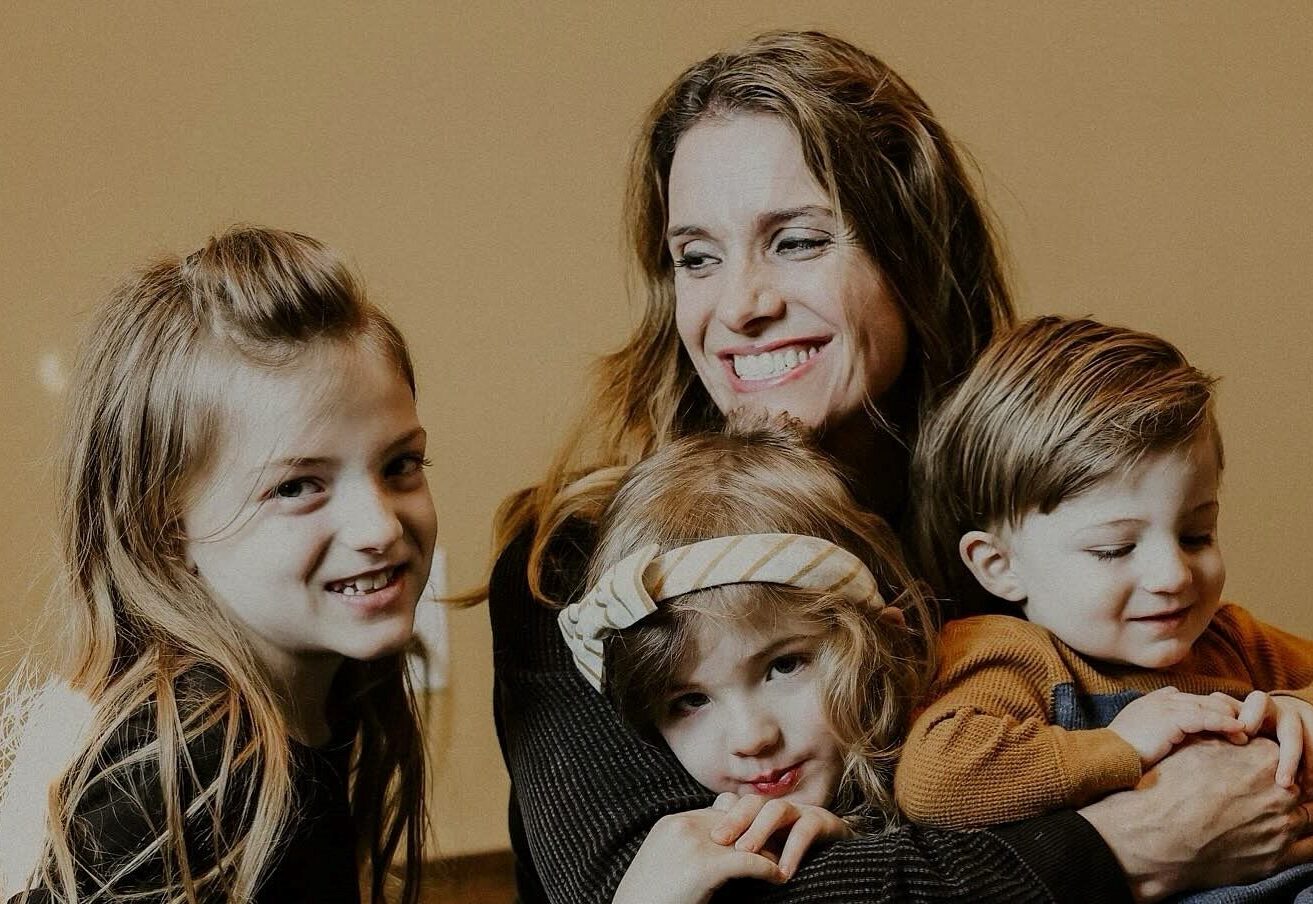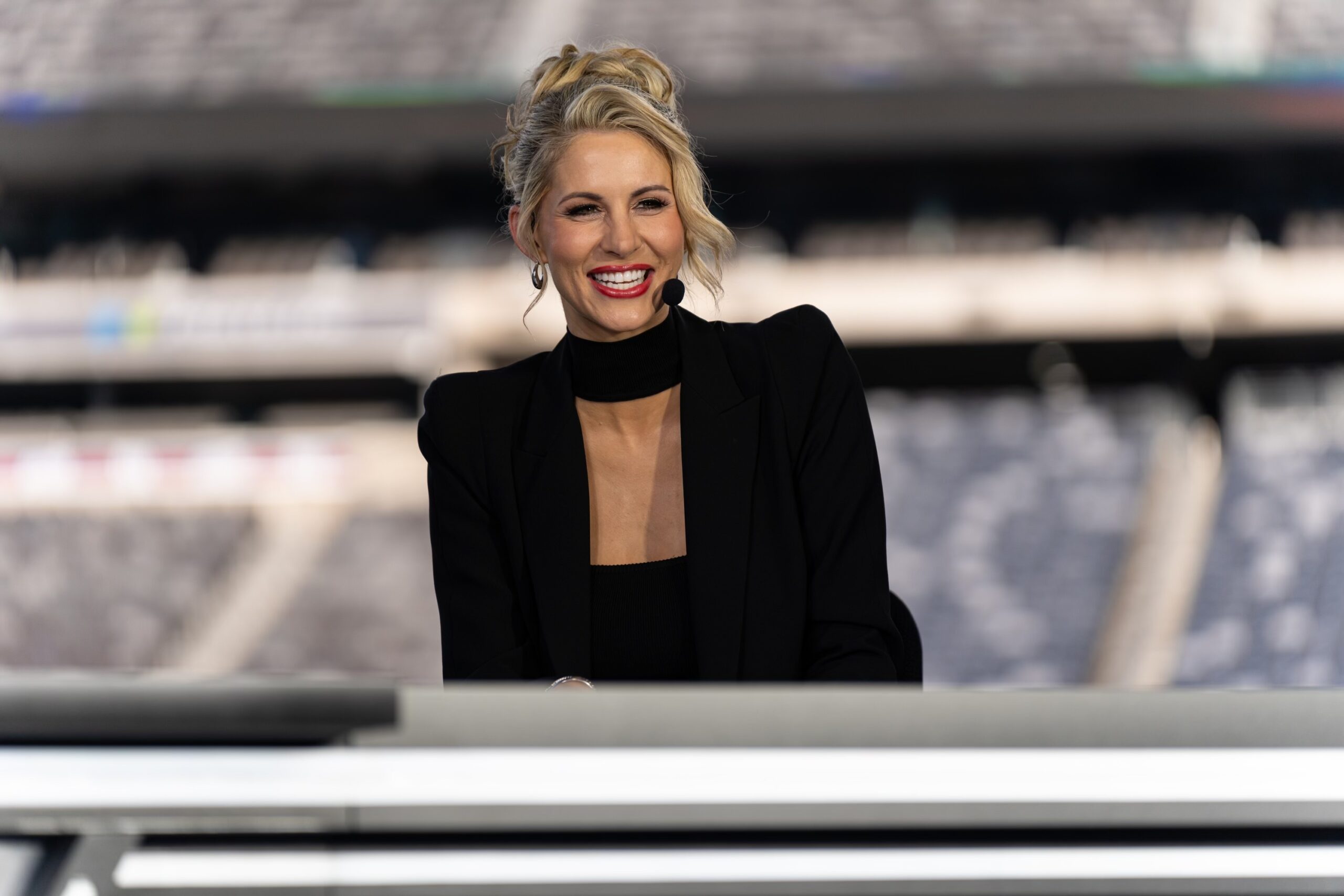Where Should Baby Sleep? For the first weeks of life, most parents place their child’s crib or bassinet in their own bedroom. A separate room just seems too far away at this early point.
The American Academy of Pediatrics (AAP) and the U.S. Consumer Product Safety Commission (CPSC) recommend against bringing your infant to sleep in bed with you for safety reasons. Although many cultures endorse co-sleeping, there is a risk that the baby can suffocate or strangle, and studies have shown that there’s a higher incidence of SIDS (sudden infant death syndrome) in households where the baby slept in the parents’ bed.
What Shouldn’t Be in My Baby’s Bed? Always keep sleep safety in mind. Do not place anything in the crib or bassinet that may interfere with your baby’s breathing; this includes plush toys, pillows, blankets, and bumper pads. Although bumper pads were widely used in the past, they are no longer recommended. A study, using data from the CPSC, found a number of accidental deaths appeared to be related to the use of bumper pads in cribs and bassinets. The AAP and other pediatric organizations strongly discourage the use of bumper pads in cribs to avoid accidental suffocation.
Also, avoid items with cords, ties, or ribbons that can wrap around a baby’s neck, and objects with any kind of sharp edge or corner. Babies can also get tangled in hanging mobiles, so remove them as well. Don’t forget to look around for the things that your baby can touch from a standing position in the crib. Wall hangings, pictures, draperies, and window blind cords are potentially harmful if within baby’s reach.
Babies Need to Sleep on Their Backs. The AAP recommends that healthy infants be placed on their backs to sleep, not on their stomachs. The incidence of SIDS has decreased by more than 50% since this recommendation was first made in 1992. It is now also recommended that premature infants sleep only on their backs.
It is thought that some babies sleeping on their stomachs may have a greater tendency toward sleep obstruction and rebreathing their own carbon dioxide because they are less likely to rouse themselves to change head positions. Another possibility is that they may suffocate on softer bedding if they are lying face-down.
If your baby has a medical condition, there may be an exception to these recommendations. Your baby’s doctor can best advise you on the right sleep position for your little one.
Related Article: 7 Bedtime Helps for Kids
Medical information within this site is not intended for use in the diagnosis or treatment of any health condition. Please consult a licensed health care professional for the treatment or diagnosis of any medical condition.








